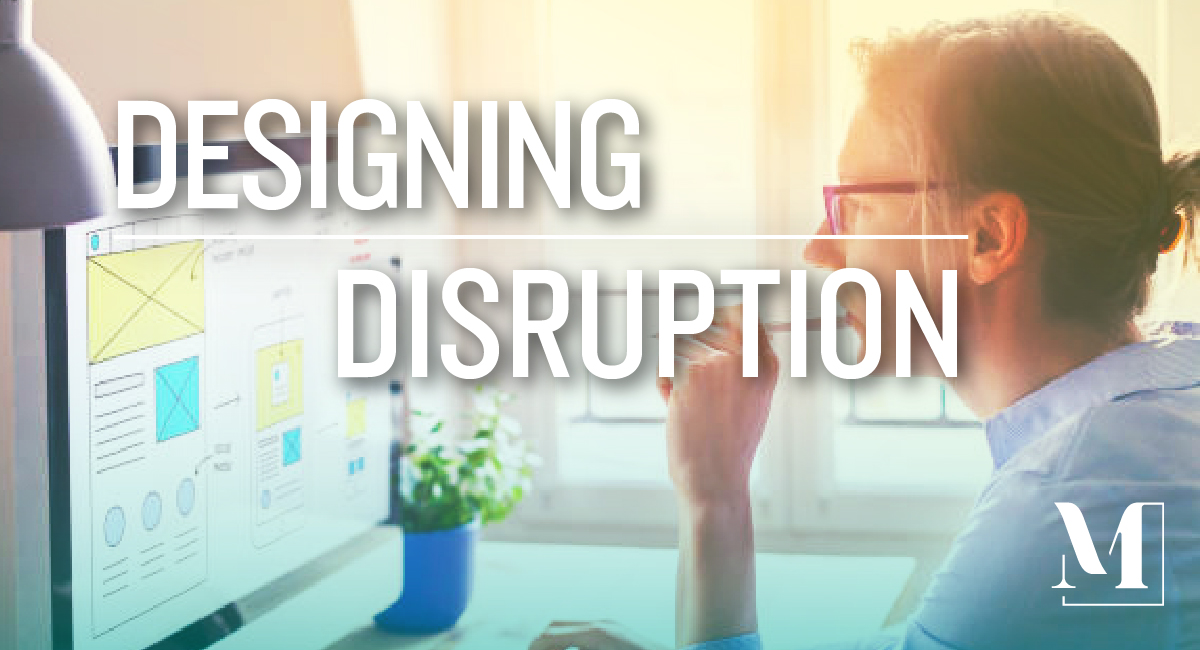Over the last several years, we’ve seen a boom in well-designed products and technologies focused on creating powerful brand experiences. Not only has thoughtful, engaging design trickled into mainstream business thinking, it’s also become a serious competitive advantage.
Design can influence and impact the entire journey a consumer has with a brand and, subsequently, its product(s). Industry disruption is not created solely by the hands of first-rate developers – it is born when design and development intersect during the ideation phase.
Startups and tech companies are primed with opportunity to create this experience from the get-go, and the only way to do so is to live, breathe and infuse design thinking throughout your organization. At its core, design thinking is a human-focused strategy toward development that draws from UI and UX designers’ expertise to integrate the needs of the user(s), the potential of the technology and the requirements for business success.
Tech giants readily are embracing this mentality, moving from a features-first to user-first product-development strategy. IBM has grown its designer-to-developer hiring target from 1:72 to 1:8. Uber’s design team has grown 70x since 2012. Facebook has even bought out entire design firms to help create world-class experiences for its users.
Obviously, most startups don’t have the liquid capital to make such dramatic organizational changes or acquisitions (if only it were that easy, right?). For companies lacking the resources to employ an internal design arm, it makes more sense to outsource this function to a strategic design partner with rich experience and a deeper bench. In some cases, a hybrid model may work best. Regardless, it’s critical to adopt a design-thinking culture that will inspire, captivate and motivate end-users to engage with new products or technologies and become brand ambassadors. At this point, it shouldn’t be a surprise that several of the world’s most successful startups, including Airbnb and Pinterest, were founded by designers.
Design is not only inherently tied to successful market penetration, but also recapturing – over and over again – the attention and imagination of consumers who quickly grow fatigued of yesterday’s latest, greatest innovation. Remember when Apple completely revamped their icon displays? That did not happen because an engineering wizard in Silicon Valley thought it was a good idea. The interaction was a marriage of functionality that worked, a fresh design that resonated, and details that were tested and proven. Apple’s icons still opened apps the same way, but the user experience changed completely—and THAT was revolutionary.
Integrating a design-thinking mentality during the startup phase – when the core focus typically is on providing the fastest or easiest solution to a real-world problem – can be counterintuitive. The challenge lies in moving beyond simply considering the utility of your entrepreneurial solution, which delivers only a functional value proposition. For example, if you buy a Mercedes, the auto manufacturer promises you will receive a high-performance, safe and comfortable vehicle. Design thinking will empower you to deliver the more necessary element of the equation – an emotional value proposition, which delivers the promise of a feeling. In this scenario, the Mercedes automaker promises you will ride in luxury and feel prosperous, pampered and unencumbered – the reason people spend upwards of $50,000 or more on a car.
The combination of a functional solution and an emotional experience creates a customer-brand connection – today’s battleground for success. Design can no longer exist as an add-on or extemporaneous initiative – it must be a core competency. It should live within your organization at all levels and influence development decisions, from system architectures to front-end interactions to visual identities. Adopting design thinking goes beyond strategic hiring – no one designer has the capacity, ingenuity or skill set to help you achieve greatness amidst today’s insanely heavy market saturation. It’s a team sport. Find or develop the right team, and take a giant leap toward putting your product or technology on the map in a very real way.
